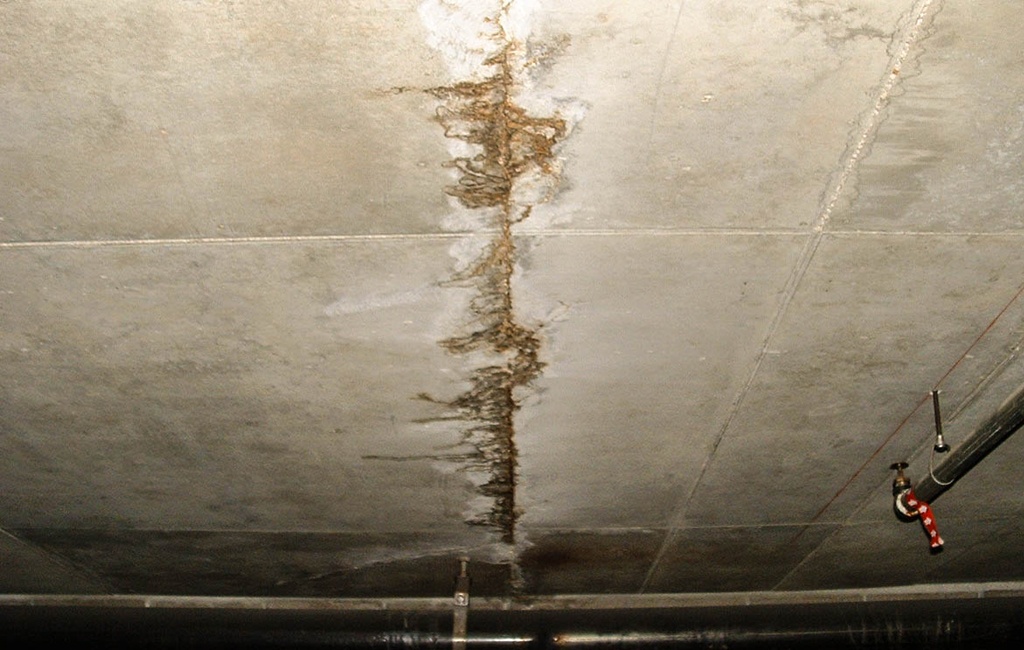
Owner’s Objectives: It Is Critical To Be Clear From the Start
[fa icon="calendar'] Jun 2, 2021 1:32:00 PM / by John R. Manning, PE, CCM, LEED
For owners and Property Managers, one of the most difficult aspects of construction disputes is the mismatch between what the owner wanted and what the architect or contractor delivered. It is especially troublesome when a review of the project reveals that the problem could have been avoided with clear communication about the owner’s goals for the project. Because of the problems that arise when the owner’s objectives are not met, the most important role of the owner’s representative is to ensure that the goals and objectives of the project are clear.

Document Management for Construction Litigation
[fa icon="calendar'] Apr 26, 2021 3:15:00 PM / by Philip B. Terry, Sr. Vice President
Documents tell powerful stories in construction defect litigation—from small, straightforward cases with a few hundred documents to highly complex cases with thousands of files and millions of pages. Attorneys working with these documents need a manageable way to cull, store, search, and review them. Some systems of document management are cumbersome and expensive while others are not robust enough. How do you choose the best document management system for your needs?
Read More [fa icon="long-arrow-right"]
Why Hire a Forensic Architect?
[fa icon="calendar'] Apr 19, 2021 10:15:00 AM / by Kenneth R Quigley, PE
Forensic architects serve multiple purposes throughout construction projects. Most commonly, they are brought in to investigate the root cause of damages caused by construction defects or other damages to buildings. Owners, architects, and contractors also hire forensic architects during the design and construction phase to help identify potential trouble and advise on how to avoid it. These professionals are especially useful when a project team is unable to identify or come to a consensus about the source of a problem. The role of a forensic architect is to be an unbiased, third-party expert, identifying issues within the construction or building, determining causes, and suggesting solutions.
Read More [fa icon="long-arrow-right"]
How to Avoid Broken Construction Projects and Late Schedules
[fa icon="calendar'] Mar 3, 2021 10:15:00 AM / by Peter A. Byrne, PE
Owners have a lot of responsibility when it comes to design and construction—it is their money on the line while they turn to teams of experts to design and build the project. They are the ones who feel the brunt of any problems, which unfortunately abound in the construction industry. Despite awareness of the issues, the industry has not changed much in recent years.
McKinsey's research shows that construction projects typically take 20 percent longer to finish than the original schedule, can be up to 80 percent over budget, and frequently result in litigation.

Built to burn: Thousands of buildings worldwide are wrapped in combustible panels
[fa icon="calendar'] Jan 4, 2018 11:00:00 AM / by Clark Griffith, AIA
A high school in Alaska, a National Football League stadium, a Baltimore high-rise hotel and a Dallas airport terminal are among thousands of structures world-wide covered in combustible-core panels similar to those that burned in June's deadly London fire.
Read More [fa icon="long-arrow-right"]
Every layer matters. A holistic approach to quality control can be useful.
[fa icon="calendar'] Dec 7, 2017 10:00:00 AM / by Mark McGivern, CSI, Aff. M. ASCE
Whose fault was it? This is a frequently asked question when an exterior wall leaks, rots, or falls down. During a construction failure investigation, contractors often highlight the defects of other trades that affected their work. Defects include those that were documented during construction but not corrected. This may be due to timing and scheduling constraints.
Often the findings from building failures are then used going forward as best practices for new construction. However, those learned best practices should not be the only guideline. Critical areas that need to be addressed include the points of intersection, as many times there are multiple layers of building materials which are put in place by various subcontractors. This step is known as a pre-covering inspection. A pre-covering inspection of each layer at each wall area would be ideal, so problems at each layer do not accumulate, influence other layers, or get concealed.
The following article looks at examples of pre-covering inspection criteria to illustrate the influence each layer may have. Continue reading….
Read More [fa icon="long-arrow-right"]

Water Damage During Construction
[fa icon="calendar'] Oct 11, 2017 3:55:00 PM / by Robert Pfeifer, AIA

If All Else Fails – Communicate Effectively!
[fa icon="calendar'] Aug 16, 2017 12:37:00 PM / by John R. Manning, PE, CCM, LEED
Many projects often bring to mind the famous line from Cool Hand Luke – “What we've got here is a failure to communicate.”
One of the definitions of communication from Merriam Webster Dictionary is “a technique for expressing ideas effectively.” On today’s projects, everyone on the project seems to be communicating, whether that be talking, emailing and/or sending correspondence, but the reality is that no effective communication is occurring. Many times, project participants are overwhelmed with the amount of correspondence and get extremely defensive of their positions, especially if they miss something. We may not have a failure to communicate but it appears many times that we have a failure to communicate EFFECTIVELY.
So how do we address this failure to communicate effectively??? I still remember one of my first classes on public speaking where the professor laid out a simple yet effective outline for a speech. He said in the Opening you tell them what you plan on speaking about; then in the Body you tell them what you are speaking about; and, finally, in the Conclusion you tell them what you told them! This has been shown to be an extremely effective means of communicating in speech to inform someone of a topic.

The Importance of a Quality Management Plan and Why it Should be Completed Early!
[fa icon="calendar'] Aug 8, 2017 10:30:00 AM / by John R. Manning, PE, CCM, LEED
Quality on a project, many times, is one of the last considerations for an Owner whom usually focuses first on cost and then schedule.
At the end of the day, the Quality of a built project is extremely critical for a lot longer than the time it took to design and build it. In the Project Management Plan, there should be a Quality Management Plan portion. In that segment the Project Manager should outline who will be responsible for delivering quality on a project. This starts first with a good design. One of the first steps the Owner’s Representative can do is to develop a Differentiation Document that clearly outlines who will be responsible for what in a Project, similar to the following example of a site and pool area development.

Why have a Master Schedule? What should be included in that schedule?
[fa icon="calendar'] Jun 26, 2017 10:53:00 AM / by John R. Manning, PE, CCM, LEED
In parallel with the development of the budget is the development of the Master Project Schedule. This schedule will outline the goals of the Owner for the project with respect to time.
The Owner’s representative should develop various alternative approaches for phasing, sequencing, management and implementation of the project from due diligence through commissioning. This schedule is an outline of the key activities necessary to complete the project. Then based upon review with the Owner, the Owners’ Representative will prepare a final Master Schedule that will detail the overall time related goals for the project. This schedule should be presented in a format that the Owner can comprehend even if it is developed in a sophisticated scheduling program like Primavera P6. It is critical that the Owner’s Representative get acceptance of the time line from the Owner prior to finalizing the Master Schedule.

